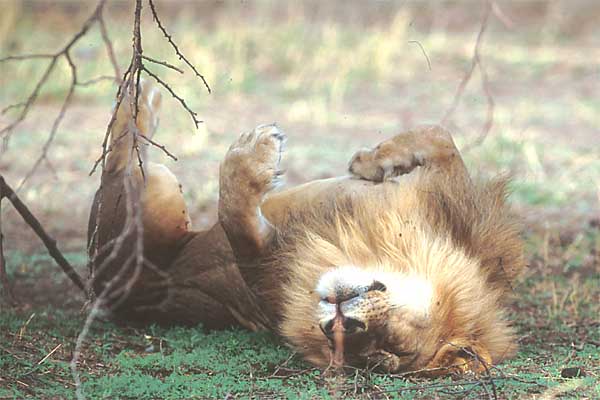Zhang Sanfeng
/Let's try this one:
Zhang Sanfeng's family came from Dragon Tiger Mountain (Longhushan). Sometime around the end of the Song Dynasty(960-1279 CE) he passed the Imperial exam and worked for the government. He learned some Shaolin and some jindan (meditation). The Mongols invaded, there was war and a new Yuan Dynasty(1279-1368). Side stepping the turmoil and chaos he went off to live on Wudang mountain.
One day he saw a crane and a snake fighting. Each used different natural styles of movement to yield and attack, but neither the snake nor the crane got hurt. That night he had a dream in which the deity Xuanwu appeared and taught him a way of moving. When he awoke he began practicing what Xuanwu had taught him. Sometime later he was attacked by 100 bandits and using his new practice was able to defeat them all. He lived for over 200 years and his practice eventually became known as Taijiquan.
What does this mean?
The Zhang family residence at Dragon Tiger mountain was the home of the Tianshi, the head priest of Religious Daoism. The name Sanfeng means "three mountains" and most likely means he was a member of an inner alchemy jindan lineage. Lineage names are picked from a secret poem, so people in the same lineage of the same generation sometimes have the same name. Either he really lived for 200 years or was several different people from the same generation within a Daoist lineage.
The last part of Zhang Sanfeng's life corresponds with the founding of the Ming Dynasty (1368-1644 CE). At that time the Tianshi, the most important religious leader in the country, went into a nine year retreat on Dragon Tiger mountain for the purpose of teaching the God Xuanwu, to be the head deity of the Chinese pantheon of gods. At the end of the nine years Xuanwu was promoted to the seat at the North Star and given the title Zhenwu, the Perfected Warrior. This god was promoted at the request of the first Ming Emperor who had made many sacrifices to Xuanwu (Mysterious/Dark War God) during the years he battled the armies of the previous Yuan Dynasty.
The snake uses wave action, rolling from one one end to the other. The Crane uses opening and closing, drawing in toward the center and pushing out toward the periphery. Zhang lived in a natural setting and practiced Daoist Dreaming. This is the practice of weaving Night and Day seamlessly together. His experiences during the day drifted into his dreams, and his dream body became his waking body.
Infants do not know if they are awake or asleep and they can spend hours playing with their internal organs. To the infant what is inside has no name and what is outside has no name. This undifferentiated state has a name in Chinese: Taiji.
The art of Taijiquan is a guide to weaving our day into our dreams and the unbounded movement of our dream bodies into our waking bodies.
The two Zhang's (Sanfeng and the Tianshi) were on the same mountain, hanging with the same god as he went through a transformation. In Daoism they are called seed people because they carry knowledge from previous eras and make it relevant in the present.


 I just wrote a long response to José de Freitas whose comment at the end of the
I just wrote a long response to José de Freitas whose comment at the end of the  Back in the day, George Xu told me a story about a
Back in the day, George Xu told me a story about a Today is Yom Kippur.
Today is Yom Kippur. I live and teach in San Francisco in a well sheltered park which is an old stone quarry. For the whole summer there have been three large crows hanging out in the park every morning.
I live and teach in San Francisco in a well sheltered park which is an old stone quarry. For the whole summer there have been three large crows hanging out in the park every morning.

 Getting enough sleep is one thing. Consistently sleeping until you are not tired is another thing entirely.
Getting enough sleep is one thing. Consistently sleeping until you are not tired is another thing entirely. .
.